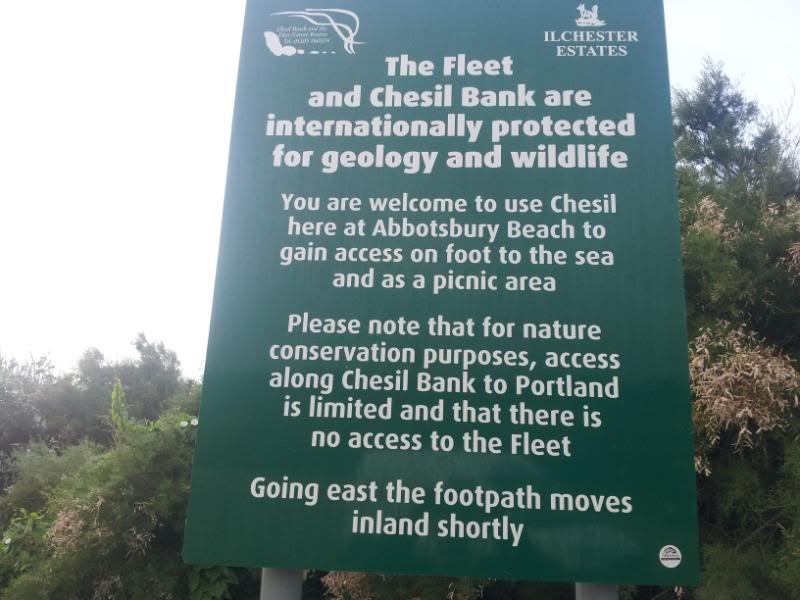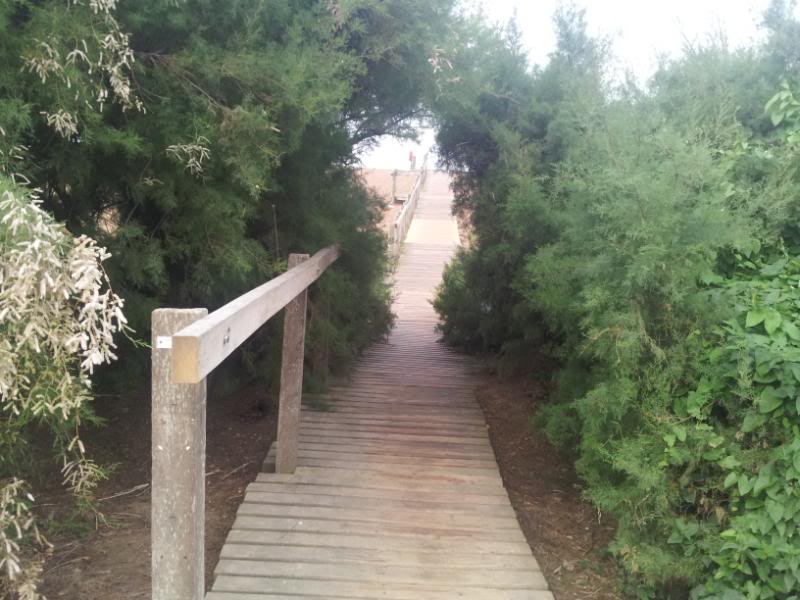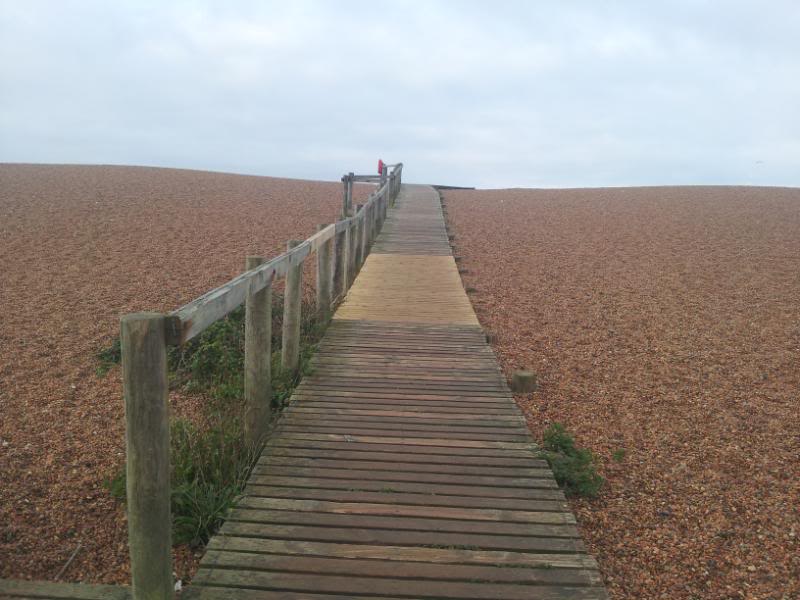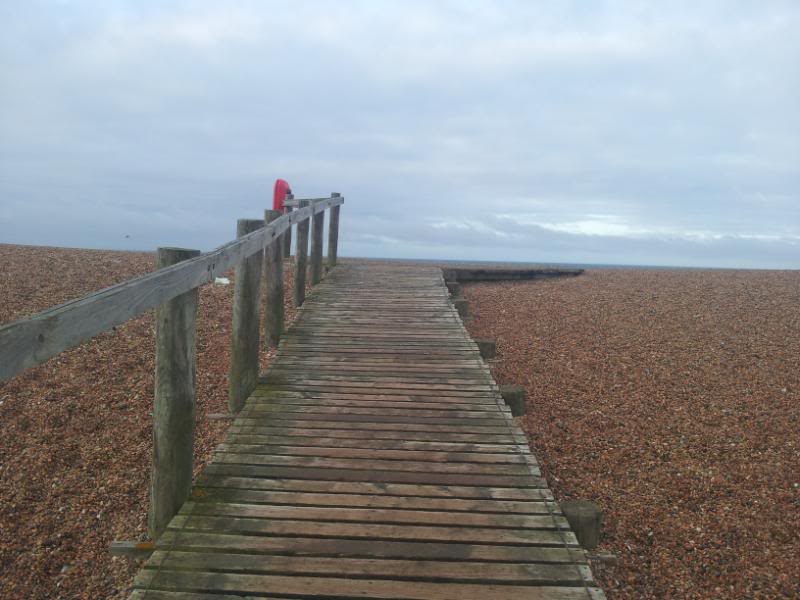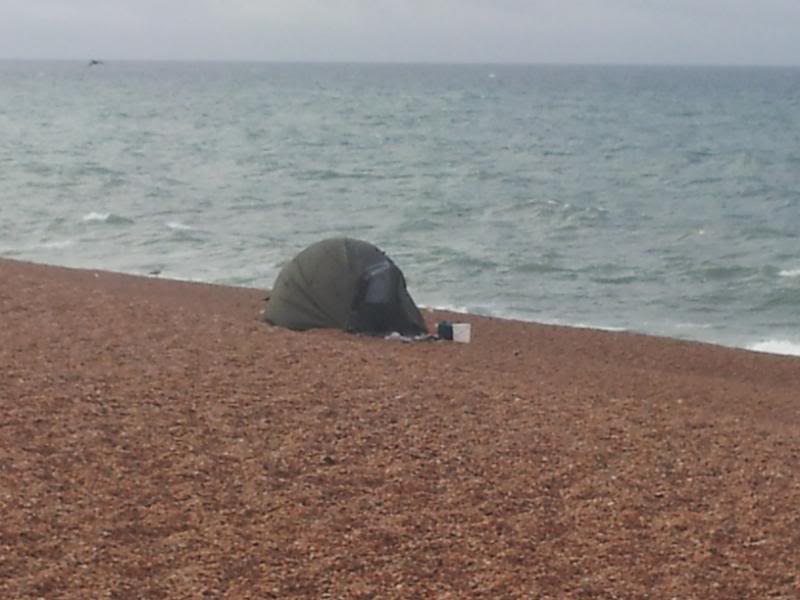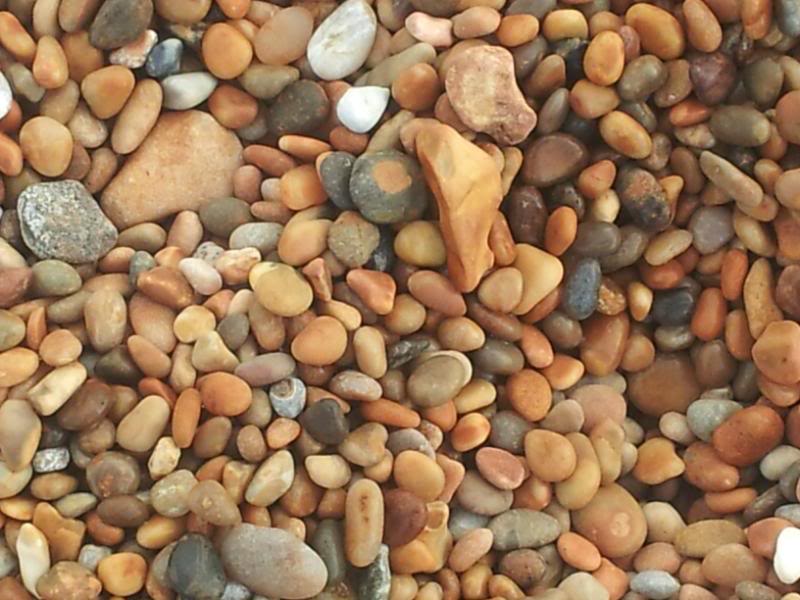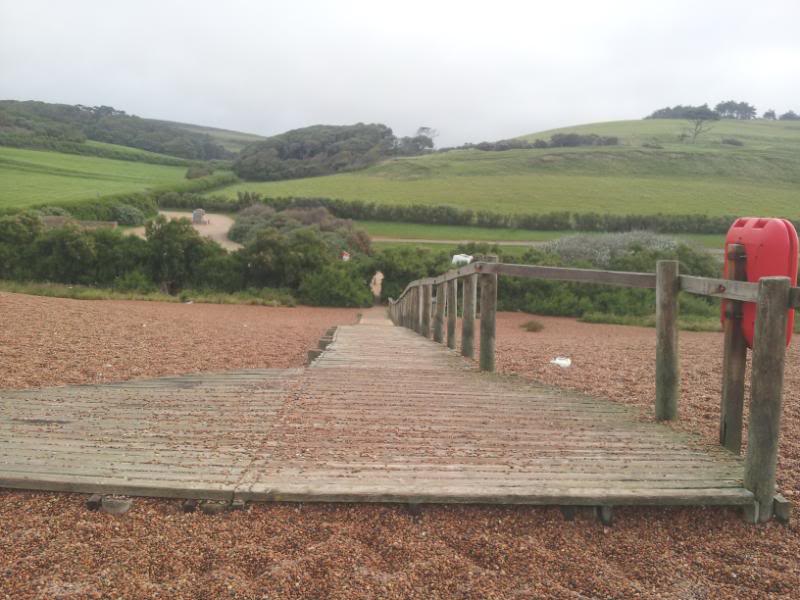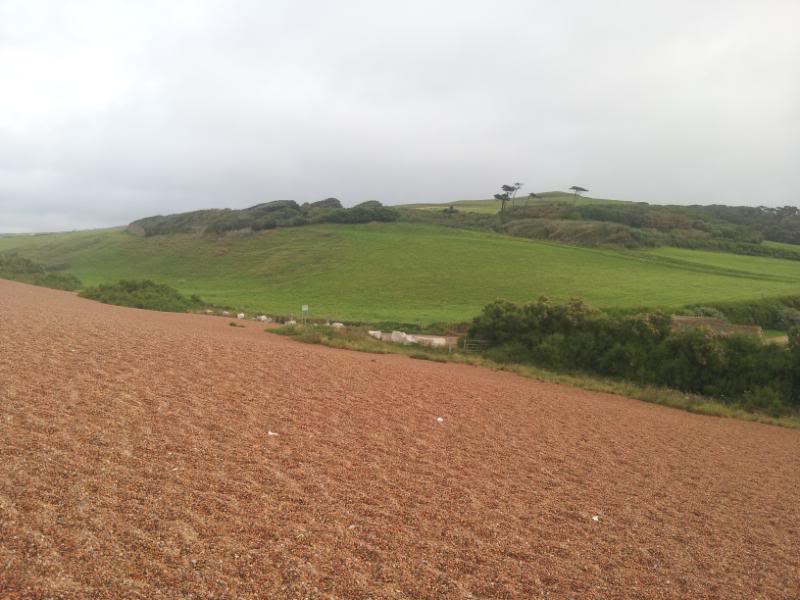Post by Dave on Nov 17, 2012 9:48:00 GMT
Finally Stood On Chisel Beach
I left home for work at 5.15am yesterday morning and by the mid afternoon I found myself phoning home to say I would be late. Yes I did spend around three quarters of an hour at Bridgwater’s Football ground, but that was not only thing I did that made me late.
When people ask me about my job and I tell them I drive over 1200 miles every week, most say I would not fancy doing your job. But I love being out and about and the freedom my job gives me. I never get fed up of seeing the same places and there is one special area I could go and see every single day.
Around 7.15am every Monday and Thursday I find myself on the coast road from Bridport to Weymouth and when I get to the top of Abbotsbury Hill, the sight of what for me is the best wonder of the world, just knocks me over every single time. Yes I’m talking about Chesil beach and every time I get that first sighting, it’s always different due to the time of the year or the weather.
So for ten years not I have enjoyed seeing Chisel beach twice a week and as I have been to Portland a number of times, I have had the pleasure of seeing this beach from both ends. But very strangely I have never put foot on any part of it. I have always talked about wanting to walk its whole length one day, but I do feel that might just prove a bit too difficult for me as I’m getting older.
When you get to the bottom of Abbotsbury Hill, the road swings very sharply to the left into the village. But there is a turn to the right and the sign says Chisel Beach three quarters of a mile. I have been tempted many times to take that right turn, but never have. I had not planned to yesterday, no more than I planned to go the football ground in Bridgwater.
As I drove down the hill I just found myself turning right and heading for the beach. I did find one thing rather strange as I drove along what was a narrow road. On Tuesdays and Fridays driving along the A361 from Barnstaple to South Molton, I see a good number of pheasants, many of them dead by the roadside as these birds fly across the road and never are not able to climb upwards very quickly.
In all the years I have driven along the coast road to Weymouth, I have never once seen a pheasant. Plenty of magpies but no pheasants. Along this road to the beach there were hundreds of them, many very young and I had to keep stopping the van as they were all over the road.
The road came to an end in a small car park and I got out of the van and walked up a wooden ramp way up onto the beach. The beach at this end must be the lowest part of the beach, but it still seemed high and as I looked toward Portland, my mind was made up that it was too far to walk to there.
For those who may not know, Chisel Beach is a pebble beach and is 18 miles long and stretches north-west from Portland to West Bay. For much of its length it is separated from the mainland by an area of saline water called the Fleet Lagoon. The pebbles are graded in size from fist-sized near Portland to pea-sized at Bridport. The pebbles are mainly a mix of flint and chert, with some quartzite pebbles from Buddleigh Salterton, they say its made up of 180 billion pebbles and I was told once that any local fisherman would know what part of the beach he was on in the middle of the night, just by the size of the pebbles.
How was the beach formed? I found this answer on a Google search
Chesil Beach initially formed from predominantly sandy deposits in Lyme Bay as water levels rose rapidly at the end of the last ice age 20,000-14,000 years ago. These deposits were eroded and the sand and gravel driven onshore as a barrier beach. As the barrier beach was driven further east by rising sea levels it overrode existing sediments and the Fleet was formed starting about 7000 years ago. The formation of the Fleet was virtually complete by 5000 years ago.
Sea levels stabilised 4000-5000 years ago and at that time Chesil Beach stood close to its present position. It was predominantly sandy with layers of shell and coarser material indicating over-washing by the sea.
At this time relict cliffs in East Devon, left stranded by falling sea levels during the ice age, were re-activated and the combination of re-working of extensive debris aprons and erosion of existing cliffs yielded large quantities of gravel. Estimates suggest that as much as 60 million cubic metres of gravel could have been supplied. This material was transported to Chesil Beach by longshore drift via a series of pocket beaches.
The first picture is one I took last year on Portland, The beach I was on was as far away as you can see.
The other pictures are the ones I tool yesterday morning. Its great having a job where I can do such things and being in such a place on your own early in the morning is a nice feeling.

